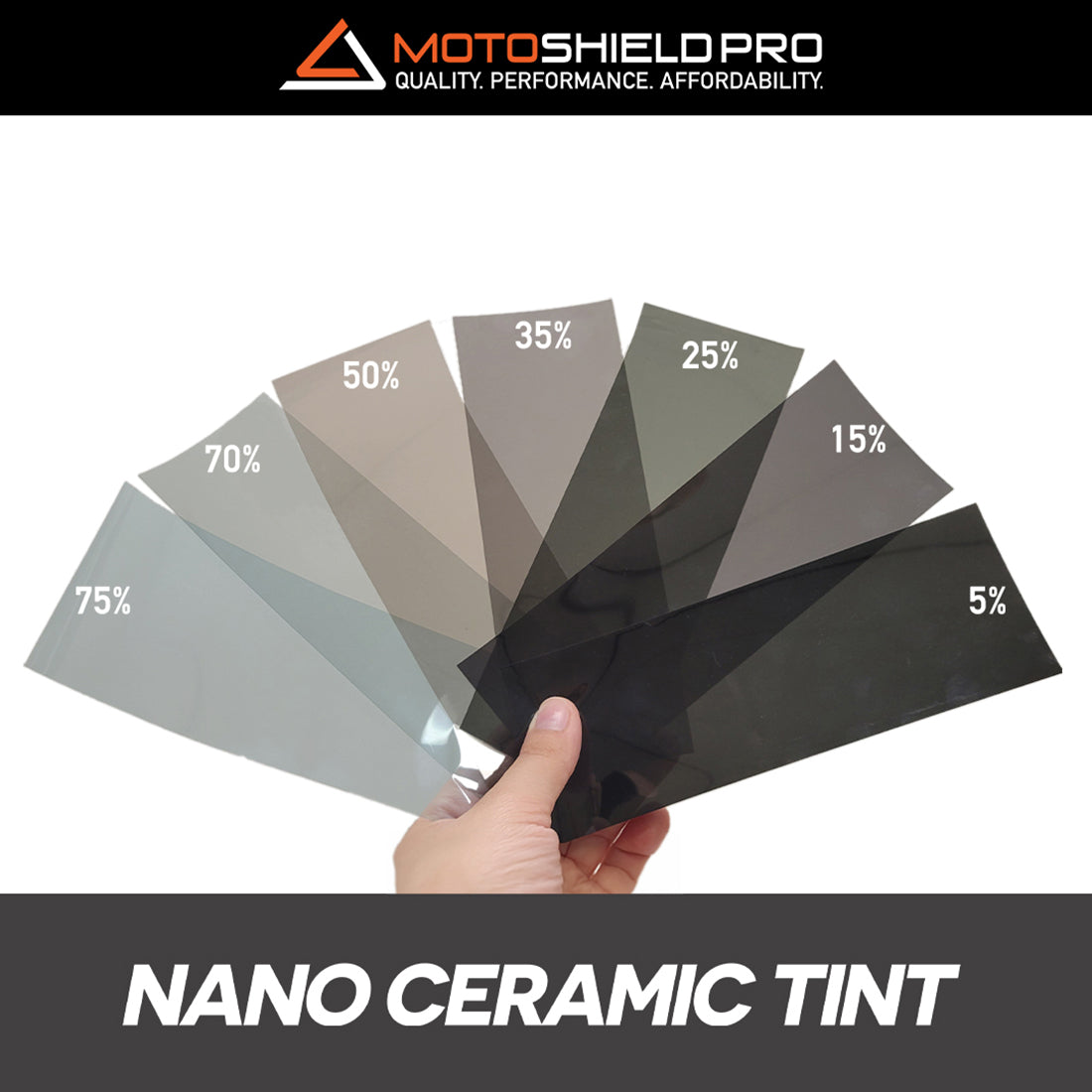Automobile Window Tinting for Warm Decrease and Power Performance
Automobile Window Tinting for Warm Decrease and Power Performance
Blog Article
Home Window Tinting Regulations and Guidelines: What You Required to Know Before Tinting Your Vehicle
Prior to proceeding with window tinting for your vehicle, it is necessary to familiarize on your own with the diverse legislations and guidelines that regulate this method across various states. These laws dictate the acceptable degrees of color darkness, commonly determined by visible light transmission (VLT) percents, and include particular specifications for front windshields intended at guaranteeing roadway security.
Overview of Window Tinting Regulations
Home window tinting regulations are regularly subject to variant across various jurisdictions, reflecting neighborhood policies and safety factors to consider. These regulations determine the acceptable levels of color darkness and reflectiveness on car home windows, making certain that chauffeurs preserve ample presence while likewise securing versus damaging UV rays and heat.
A lot of laws identify window tinting based upon the Visible Light Transmission (VLT) percentage, which suggests the amount of light that can go through the window. Typically, lower VLT percentages signify darker tints. Legislations typically separate in between the front, side, and rear home windows, with more stringent limitations put on the front windscreen to enhance safety and security for both the chauffeur and various other road users.
Conformity with home window tinting policies is vital, as offenses can result in penalties, compulsory removal of the tint, and prospective rises in insurance coverage premiums. It is crucial for lorry proprietors to familiarize themselves with neighborhood laws prior to proceeding with home window tinting installations.
State-by-State Color Rules
Understanding the certain window tinting guidelines in each state is crucial for automobile owners seeking to adhere to the law. Each state in the united state has developed its own set of rules governing window tinting, which can differ considerably. These regulations typically determine the allowed degrees of color darkness, the kinds of home windows that can be tinted, and any type of medical exemptions that might apply.
For circumstances, states like The golden state have rigid constraints on color darkness for front windows, while others, such as New Mexico, might allow darker colors. In addition, specific states mandate particular exposure portions for various windows, consisting of the windshield, front side home windows, and back home windows. It is critical for car proprietors to acquaint themselves with their state's laws to avoid possible penalties or penalties.
Furthermore, some states may need an accreditation sticker label to be placed on tinted windows, showing conformity with state regulations. Failure to follow these laws not just runs the risk of lawful effects yet can additionally impact safety and presence while driving. Vehicle proprietors must conduct detailed research study or get in touch with neighborhood authorities to ensure complete understanding and compliance with state-by-state color laws.
Allowed Tint Kinds and degrees
Many lorry proprietors might be stunned to find out that permitted color levels and types differ commonly throughout different states. Each state has established its own laws pertaining to the acceptable darkness and reflectivity of window tint, commonly determined by Visible Light Transmission (VLT) percents. VLT refers to the amount of light that can travel through the tinted home windows; thus, a reduced percentage suggests a darker color.

Furthermore, the sorts of color products enabled can differ, with some states banning mirror-like or metallic finishes. It is necessary for lorry owners to acquaint themselves with their state's details regulations to make certain compliance. Non-compliance can result in fines, obligatory elimination of the tint, or various other legal effects, making it imperative to comprehend these laws before waging installation.
Medical Exceptions for Tinting
While not all states give allowances for medical exceptions concerning home window tinting, those that do recognize the necessity for certain individuals to boost visibility and comfort as a result of medical problems. Various clinical conditions, such as lupus, skin cancer, and certain eye disorders, can provide people specifically sensitive to sunshine. These people may need darker tints to shield themselves from hazardous UV rays and glow.

It is necessary to keep in mind that even with a medical exception, there might still be limitations on the level of tint permitted. Compliance with state legislations makes certain that individuals are both protected and within lawful limitations. Those thinking about clinical exemptions must call their local official statement Department of Motor Autos or equivalent authority to comprehend the treatments and demands necessary to look for an exemption efficiently.
Penalties for Non-Compliance
Stopping working to abide by home window tinting regulations can cause substantial fines, which vary by state. Police are equipped to issue citations for automobiles that do not abide by the defined tinting regulations. These penalties commonly include fines, which can range from moderate quantities to numerous hundred bucks, depending upon the intensity of the offense and the state concerned.
In some territories, duplicated offenses may result in intensifying penalties or extra penalties, such as necessary court appearances. Furthermore, non-compliance may necessitate the elimination of illegal tinting, often at the owner's expenditure. In extreme cases, habitual wrongdoers may encounter suspension of their vehicle enrollment until conformity is attained.
Additionally, insurance implications may emerge from obtaining several citations for home window tint violations. Insurers may see such violations as my company an indication of riskier habits, possibly resulting in raised costs or problem in insurance coverage.
To stay clear of these charges, it is essential for lorry proprietors to acquaint themselves with their neighborhood home window tinting legislations and guarantee that their car complies (Window Tinting). This proactive approach not only stays clear of legal implications but likewise advertises roadway security
Verdict

Most laws identify window tinting based on the Visible Light Transmission (VLT) percentage, which suggests the amount of light that can pass via the home window. Conformity with home window tinting guidelines is essential, as infractions can result in fines, necessary removal of the tint, and prospective increases in insurance premiums.Understanding the particular window tinting guidelines in each state is important for automobile owners looking for to abide with the legislation. These regulations typically determine the allowable levels of color darkness, the types of home windows that can be tinted, and any kind of clinical exemptions that might apply.
For instance, states like The golden state have rigorous limitations on tint darkness for front windows, while others, such as New Mexico, might permit darker colors.
Report this page